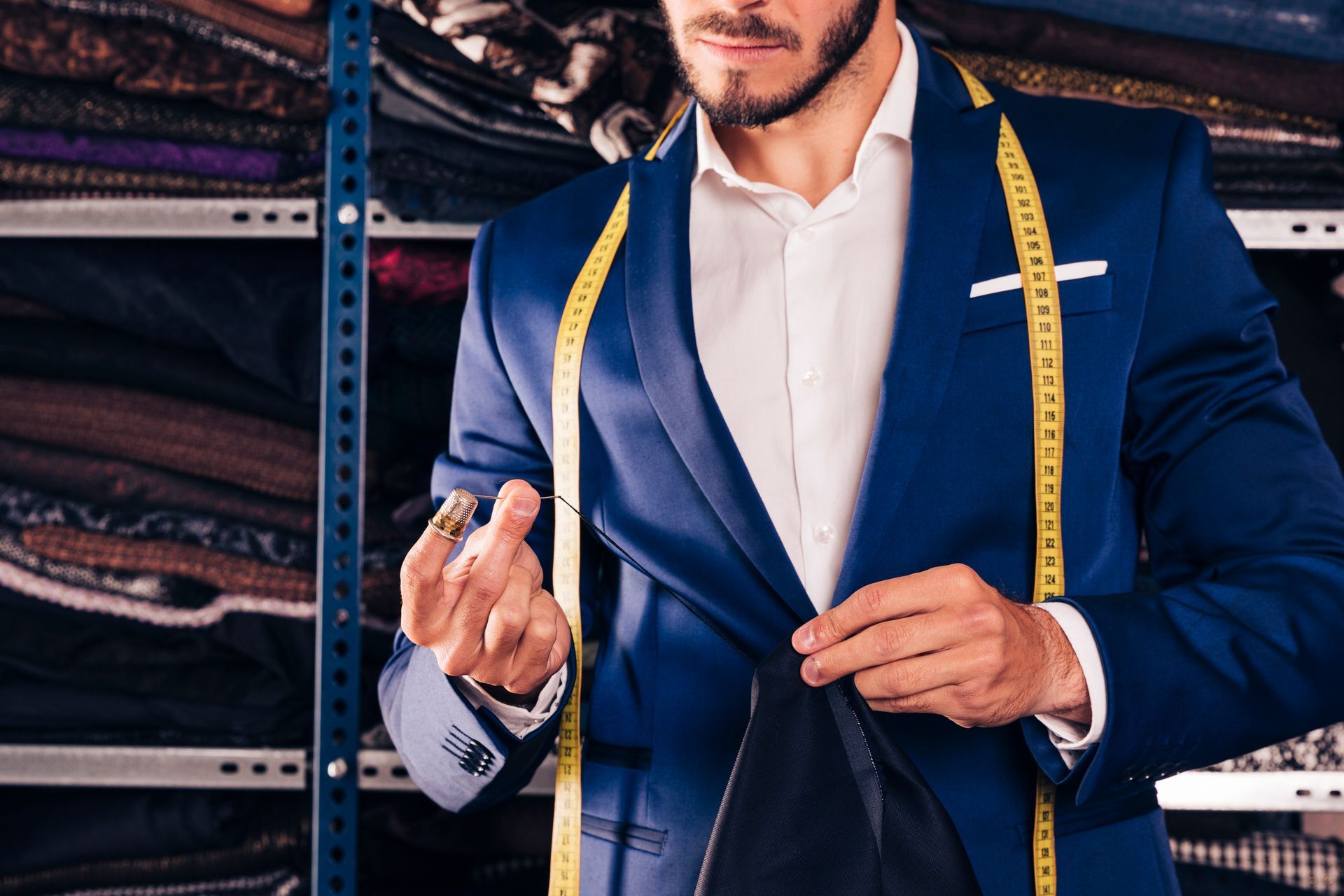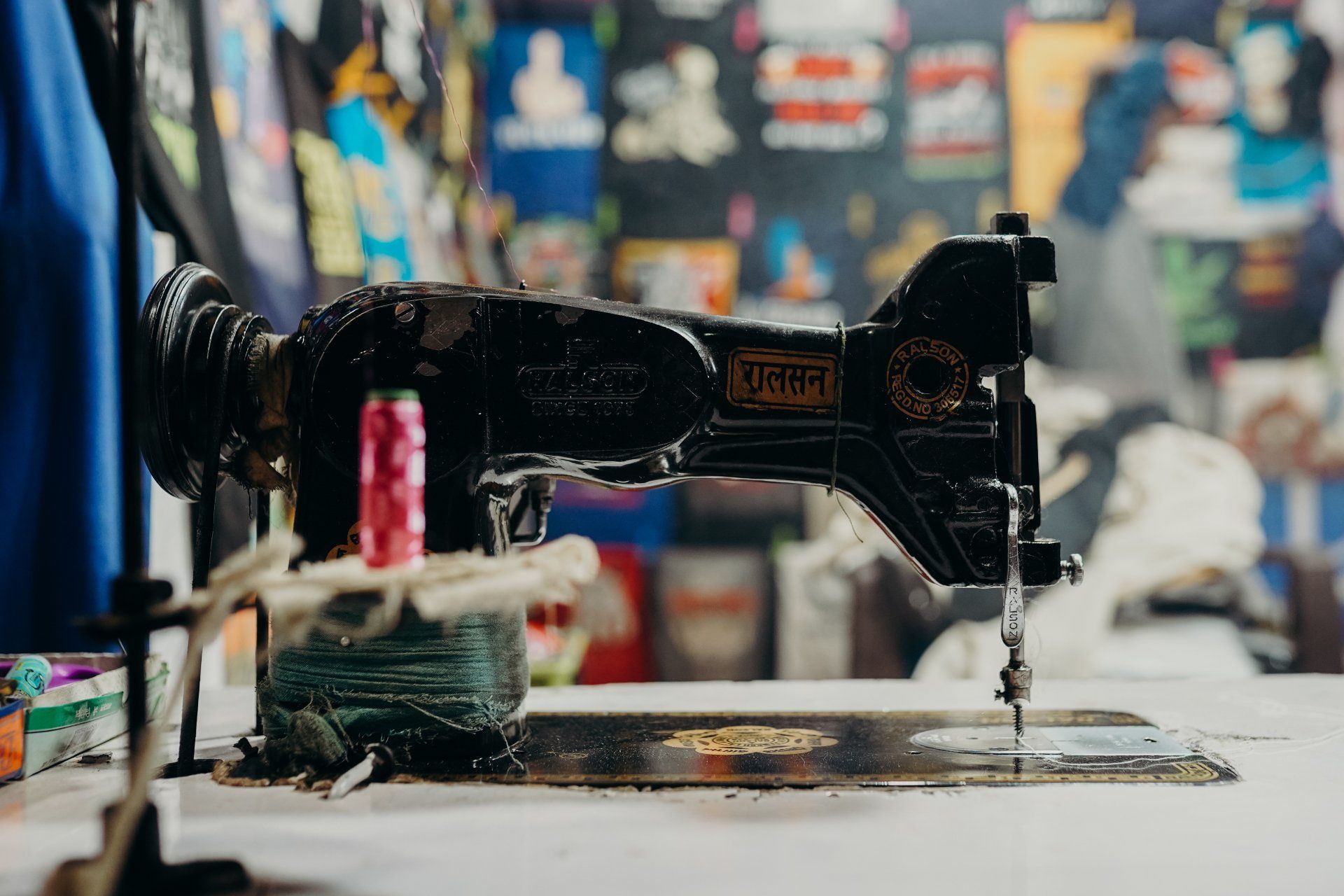Follow Us
Join our newsletter
We will get back to you as soon as possible
Please try again later
Creating The Perfect Bespoke Suit: A Comprehensive Guide
Bespoke suit, like a luxury, is a word that is frequently abused, used to add a slick veneer of sophistication to something that is neither bespoke nor luxurious or to justify a high price tag. The truth is that bespoke - something made specifically for you - is arguably the greatest luxury. Perhaps nowhere is this more true than when it comes to a suit.
A bespoke suit is a second skin, a garment that best reflects who you are because it was made just for you, in taste and proportions. Yes, it is expensive, but if done correctly, it is an investment that will last a lifetime and mean you will rarely have to buy off-the-shelf again. To that end, here is a comprehensive guide to purchasing a bespoke suit.
The Beginning Of Bespoke Suit
Until a little more than a century ago, all men wore bespoke. Individuals who could afford it had hand-made clothes, while those who couldn't wear bespoke cast-offs. In the late 1500s, Robert Baker established the first tailoring business in London's Piccadilly district, named after the 'Piccadilly,' an Elizabethan term for a shirt collar, and went on to become a suit-maker to King James I's court. Like craftspeople flocked together, as was customary at the time, and the area, from Jermyn Street to Savile Row, soon became the epicenter of England's menswear trade.
- The term "bespoke" derives from the English verb "bespeak," which derives from the Old English verb "besprecan," Old Saxon bisprecan, and German besprechen, all of which meant to request, arrange, or order.
- Tailoring was never truly English - 'tailor' probably derives from 'tailler,' Medieval French for 'to cut' - but Savile Row and its environs became synonymous with the world's best, gaining such global clout that the Japanese word for a suit,'sabburu,' is a corruption of the street's name.
The tables were only turned in the 1950s when manufacturing technology enabled the production of more affordable ready-to-wear clothing. We can thank off-the-peg pioneer Montague Burton, founder of the eponymous high-street chain and provider of many a World War Two soldier's 'de-mob' attire, for this.
With the advent of off-the-rack clothing - becoming increasingly sophisticated by the season, free to follow this crazy phenomenon known as fashion - Savile Row became more of an establishment calling card, where the great and good, but not necessarily the most stylish, obtained their clothing. It would take a pioneer - a Tommy Nutter, a Hardy Amies, a Douglas Hayward - to shake things up and remind the rest of the industry that a bespoke suit wasn't just for lawyers, bankers, and business people.
While much of 'the Row,' as its residents call it, still caters to those who have to wear suits, it has learned in the last two decades to also cater to those who may want to. There has always been substance. There's more style now.
Bespoke Suit VS Made-To-Measure Suit
Ask most men to tell the difference between a "made-to-measure" and a 'bespoke' suit, and chances are they won't be able to. It doesn't help that the terms are sometimes deliberately muddled to dress up a product.
A bespoke service may necessitate an individually-cut pattern, which is then kept on file in case additional suits are required. However, made-to-measure measurements are frequently saved as well. And cloths are chosen similarly for bespoke and made-to-measure garments, the only difference being the breadth of choice. Even hand-making, which is frequently cited as a bespoke benchmark, is increasingly found in made-to-measure garments, while machine-making plays a role in creating most bespoke suits, particularly in the creation of trousers.
Nowadays, the most obvious distinction is your level of personal service. You are paying for bespoke if you get to choose any fabric, must decide on smaller details such as buttons, and if the suit requires a hand-cut, one-off pattern 'bespoken' specifically for your body before being made under the supervision of a master cutter.
You're paying for made-to-measure if you get to choose from a limited selection of fabrics and your suit takes an existing pattern, but adjustments are made to fit you better.
Then there's made-to-order' or 'personal tailoring,' which is less expensive than made-to-measure and closer to off-the-shelf. Unsurprisingly, some advocate using entirely new terminology to clarify the distinction.
How to Choose the Best Bespoke Suit

Here are 9 tips for buying a bespoke suit to help you on your sartorial adventure.
1. Perfect Budget Plan

While buying a "cheap" bespoke suit is impossible, some will be more expensive than others. Understanding your budget is critical because it will significantly impact where you go. Determine how much you want to spend and look for brands in that price range. Don't get hung up on names; instead, figure out what kind of suit you want and then adjust accordingly.
2. Classic and Simple

If this is your first time purchasing a bespoke suit, stick to classic colors like navy blue or grey. This will allow you to look great for various occasions, and because they are versatile, you can also wear them as separates.
3. Slim Fit
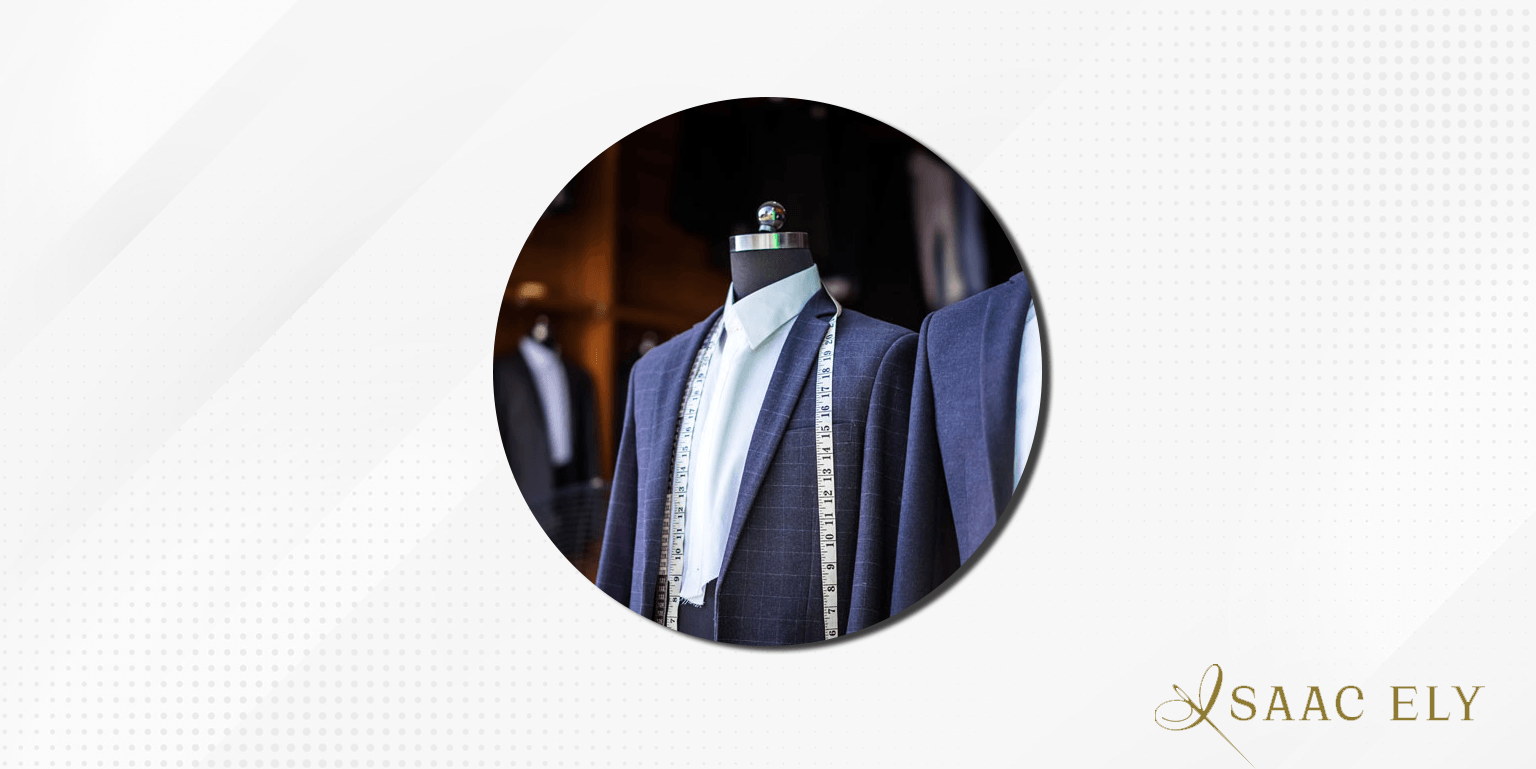
Aim for a slim, flattering fit wherever possible, but make sure the suit isn't too constricting. You should look for clean lines that flatter your body shape and allow you to move freely. After all, if you're uncomfortable, you won't appear confident, arguably the most important aspect of wearing any outfit.
4. Consider the Fabric
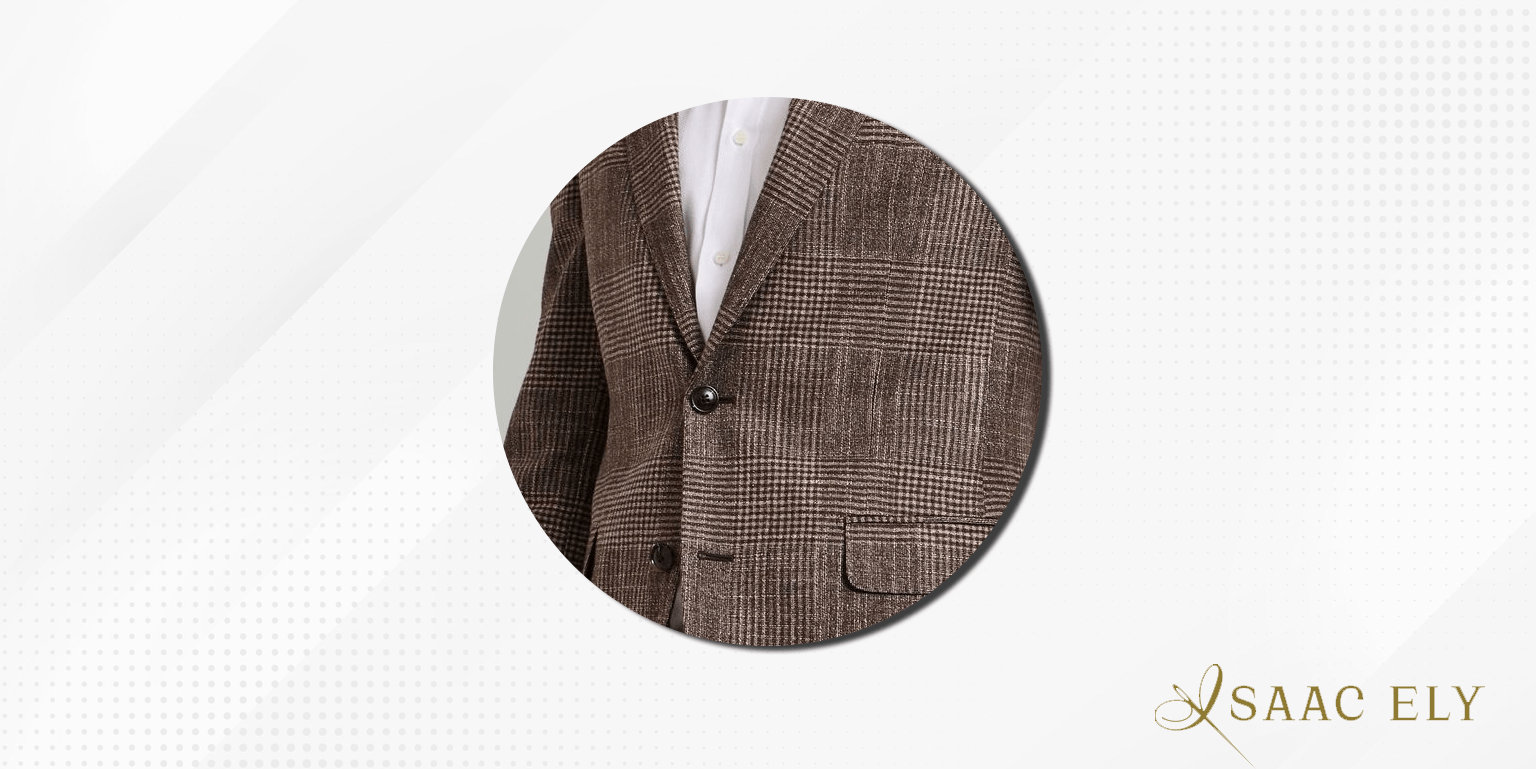
The most versatile fabric is a ball of lightweight worsted wool that can be worn all year. If you're looking for a winter suit, thicker, more insulating wools, flannels, or tweed would be ideal. For summer, look for breathable fabrics like cotton, linen, or silk blends that will keep you cool in the sun.
5. Check The Buttons

When investing in a classic purchase, a two-buttoned suit jacket is unbeatable. Three-button jackets are a little outdated, and one-button jackets are typically reserved for more formal evening wear.
6. Lapel Choice
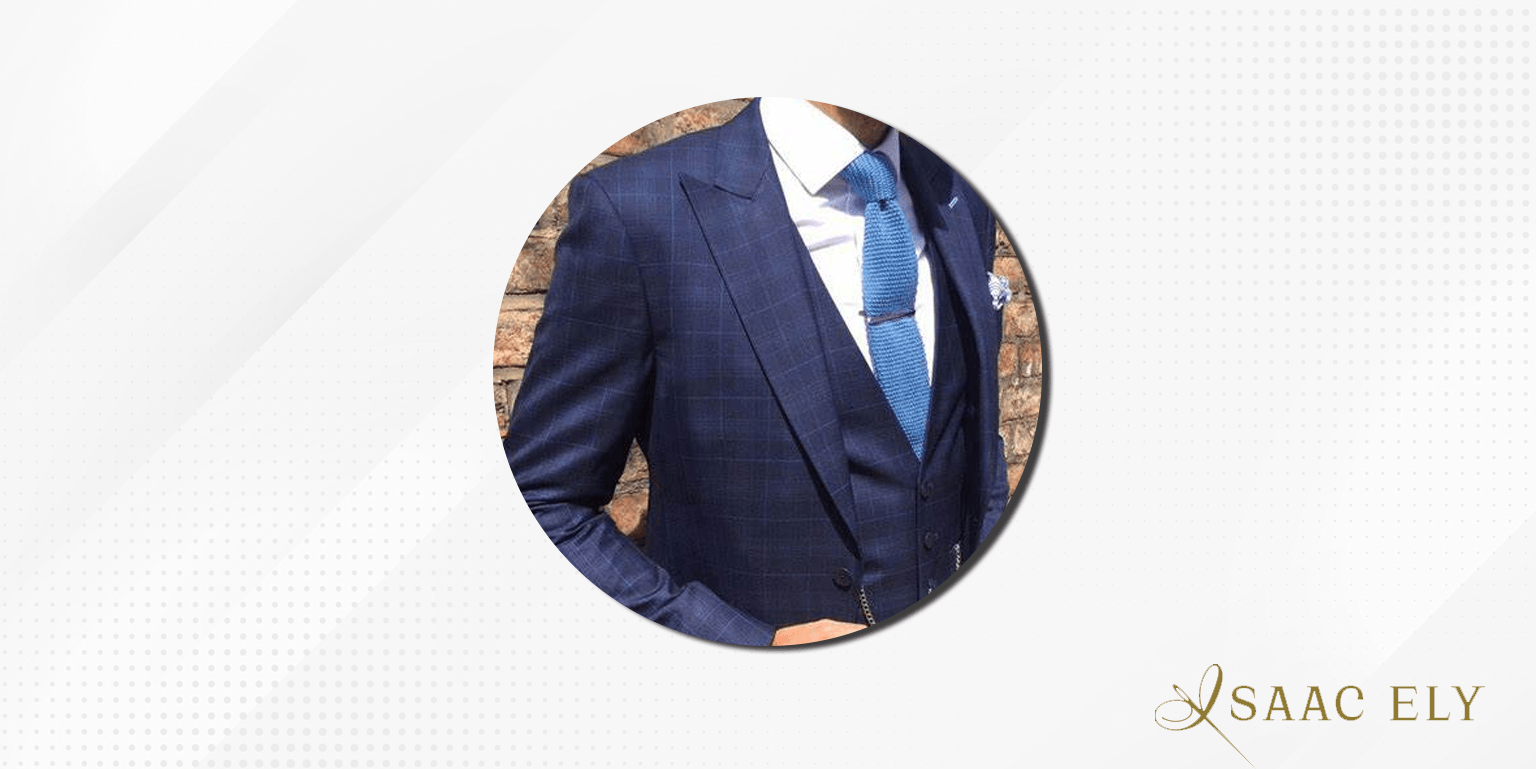
Your choice of lapels can drastically alter the appearance of a jacket. Notch lapels are a safe bet, while peak lapels are more flamboyant, with plenty of Italian flairs. Keep them slim for a more modern appearance and wider for a bolder appearance.
7. Check The Shoulder Part

Padded shoulders will project a strong image, making them ideal for the boardroom. On the other hand, soft shoulders with little to no padding are ideal for the warmer months because they provide unrivaled comfort and an increased range of motion.
8. Consider Your Body Type
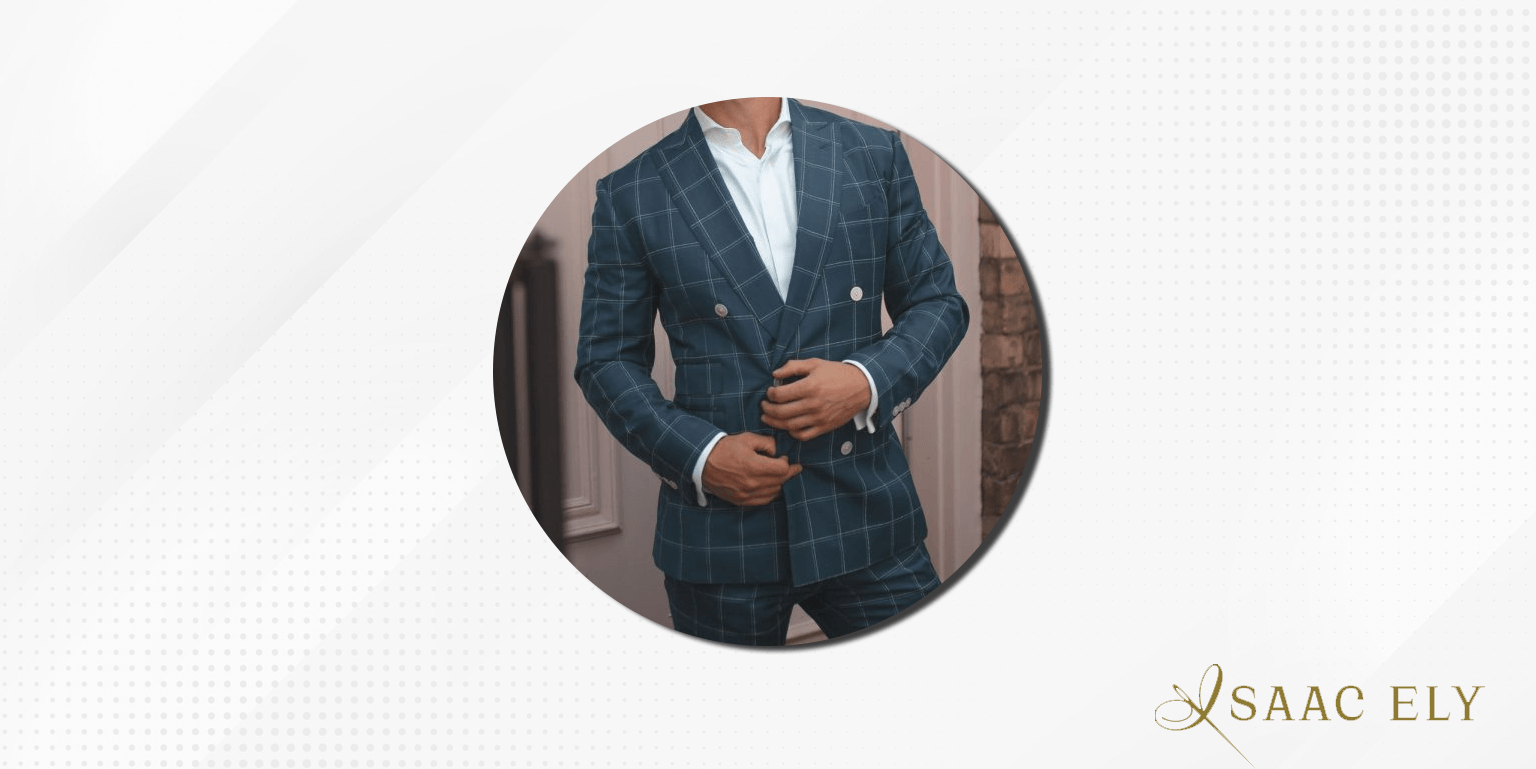
Avoid overly fitted suits if you're tall and slim; a little more flow in the material draws attention to your figure. Shorter men should choose slim trousers with a minimal break to add the illusion of height, while muscular men should avoid anything with padded shoulders or a cropped cut.
9. Focus On The Details

When you go custom, you can select from various details that can take your suit to the next level. Linings, button colors, stitching, and vent placement are all customizable, so don't be afraid to consult with your tailor if you're unsure.
How To Care For Your Bespoke Suit
So you've got a new bespoke suit. Or maybe you want to save it for another time. How do you care for a bespoke suit to retain its pristine appearance for a longer period?
Taking proper care of your bespoke suit is essential for keeping it looking nice for a long time. Your suit is your shield, representing your professionalism and your values. This will be a comprehensive checklist and a step-by-step guide to caring for your bespoke suit. Here, we'll review the best ways to store and clean your suit.
Tip 1: Hanging Your Bespoke Suit
It would help if you hung your bespoke suit on a long, wooden hanger. This takes care of the shoulder pads, ensuring that the suit's shoulders are on a solid surface to prevent divots from forming. A wooden hanger can absorb moisture and prevent odors from accumulating on the suit.
It is critical to empty the pockets of your bespoke pants and jacket to prevent creasing in those areas.
When hanging your suit's bespoke pants, ensure that both pant legs are straight and that the front and back creases are sharp. Then fold the pants in half and slide them through the hanger to hang from the center of the pants. Make sure the pants hang neatly to avoid creases along the pant leg.
The same principles apply when hanging the jacket of your bespoke suit. Make sure that the top of your suit's shoulders is completely on the hanger and that the front and back of the suit are smooth. Keep some distance between your bespoke suit and the rest of your clothes in your closet. This will prevent your other clothes from brushing against your suit and wrinkling it, as well as the suit from absorbing any odors from other clothes.
Tip 2: Brushing Your Bespoke Suit
Brushing your suit regularly is an important step in bespoke suit care because it prevents moisture and dust from accumulating. Every time you wear your suit, you should brush it. It is up to you whether you use a brush made of animal hair or synthetic material, but the bristles should be soft. Use a brush designed specifically for cleaning your bespoke suit.
Brush your bespoke suit gently and hang it on a coat hanger with an unbuttoned jacket. Then, gently brush in a downward motion. Begin with the lapels and work your way up to the neck. Then proceed to the suit's seams, brushing from the seam and moving downwards on both sides.
When caring for your bespoke suit's sleeves, hold one sleeve by the cuff until the sleeve is taut. Begin at the shoulder seam and work your way down. Then repeat with the other sleeve. A lint roller can also remove excess lint from your bespoke suit. Follow the instructions above as if brushing the suit to use a lint roller properly.
Tip 3: Avoid Dry Cleaning
That may be a little far-fetched. If you've aired out your suit for a day and it still smells strange, the best way to care for it is to take it to a dry cleaner.
Be aware that dry cleaners use chemicals to clean fabrics that, while effective, can also damage the fabric of the bespoke suit. Every trip to the dry cleaners reduces the suit's lifespan. You take better care of your suit by not taking it to the dry cleaners in this counterintuitive way.
Tip 4: Removing Wrinkles In Your Bespoke Suit
If wrinkles appear on your bespoke suit, you can quickly remove them by hand steaming. It would help if you refrained from ironing your suits. The high heat of an iron can easily damage your suit. Because it is more delicate and removes wrinkles quickly, steam is a better method of caring for your bespoke suit.
A handheld fabric steamer is required to steam your bespoke suit with care. Beginning with the pants, hold both legs by the cuff and brush the fabric steamer downwards as if brushing the suit. When you've finished the outside half of the pant leg, let go of one of the pant legs and work on the inside. Then flip the pants around and repeat on the other side.
Avoid damaging your bespoke suit by focusing the fabric steamer on a single area for too long. We recommend beginning with the right sleeve and working across the front to the left before steaming the back of the suit.
Frequently Asked Questions
The following are some of the most frequently asked questions about bespoke suits and other related topics. Take a look at the video below.
-
What is the distinction between "bespoke" and "made to measure"?
Simply put, bespoke tailoring means that the garments are designed from scratch using measurements taken from clients individually. After that, the measurements are used to cut out the pattern. This cut-out pattern is then used to cut the client's fabric. Unlike bespoke, "made to measure" is based on a standard pattern that may or may not be appropriate for a specific client.
-
Why would I want a custom-made suit?
Every man and woman should have a collection of bespoke suits. Bespoke suits are made specifically for the wearer and are delicately handcrafted to fit perfectly. Our elegant and luxurious collection allows anyone to own a masterpiece without breaking the bank.
-
Would you advise using dry cleaning to care for my bespoke garments?
Heat and chemicals used in dry cleaning can reduce the durability of your garments and even cause an unsightly stain on the fabric. You can care for your bespoke shirts by machine-washing them and then hanging them to dry. If you prefer to have your clothes dry-cleaned, tell the cleaners not to use any starch that could damage the fabric, and iron the shirts by hand.
-
Do you use standard patterns in the creation of your custom clothing?
Tailors should not rely on established or standard patterns because their expertise is in creating bespoke clothing. Bespoke clothing is special because it is unique and perfectly tailored to each individual.
-
What is the significance of thread count on fabrics?
The number of threads presents and woven in a specific square inch of cloth is referred to as the thread count. Thread count is important because it determines the fabric's softness and durability. In general, the higher the thread count, the softer the material. Fabrics with thread counts ranging from 100 to 160 are considered very luxurious. The higher the thread count, the softer the fabric, allowing for better color and silhouette when worn.
-
How long will my bespoke suit last before I need to replace it?
The wearer will determine this. A well-made bespoke suit should last for many years if properly cared for.
Conclusion
There may be nothing quite like wearing a truly bespoke suit on the planet, as it is as close to having a second skin as any man or woman will ever be able to achieve.
A bespoke suit is the definition of handcrafted and hand designed, as it is truly designed, patterned, and cut from scratch for a client and a single client only. This isn't a suit tailored to fit a client, but rather a suit that began as nothing more than a collection of fabric - most likely fabric - that was then measured, patterned, and cut to the exacting specifications of a single client alone.
If you want to improve your suiting, look no further than our bespoke tailoring advice service. We take pride in everything menswear at Isaac’s. We hope that this guide will help you to decide what you think the best for your looks. You can now find more information on our website,
IsaacEly, for more details and designs!
Exceptional Custom Clothing Made for Canadians
Almost everyone has a dream of looking better. For some people, that means losing weight or wearing the latest fashion trends. Others may want to change their hair color or grow out their beard. Whether you’re dressing up for a special occasion or just want to look your best at work every day, having clothing made to measure will give you an edge in any situation. The right fit, exemplary quality and perfect match of design and color is what sets Isaac’s custom-tailored suits and fine clothing apart from ready-to-wear options.
Request An Appointment
Experience the Isaac Ely Difference
-
Guidance
Isaac has been a prominent figure in the apparel industry for over 35 years, specializing in clothing apparel and custom-tailoring. His unwavering commitment to assisting clients is evident in his dedication to ensuring their best interests are met, making him a reliable clothing expert. With Isaac by your side, you can confidently navigate the dynamic world of custom clothing, as his dependability and expertise in bespoke design and craftsmanship will help you make informed decisions.
-
Understanding Clients Needs
We take the time to actively listen and engage with our clients, gaining a comprehensive understanding of their preferences, style, and vision. By doing so, we can identify and anticipate their requirements, enabling us to create bespoke, tailor-made clothing that genuinely resonates with them. This client-centric approach fosters lasting relationships and ensures that every piece we craft aligns with our client's expectations, ultimately leading to their utmost satisfaction.
-
Our Features & Benefits
Applying careful attention to detail, we design our bespoke garments to fit you perfectly, ensuring comfort and style. High-quality materials and expert craftsmanship create durable and timeless pieces that elevate your wardrobe. Moreover, our personalized design process allows you to express your individuality by selecting fabrics, patterns, and design elements that align with your taste. Ultimately, choosing Isaac Ely for your custom clothing means investing in a one-of-a-kind, tailored experience that enhances your appearance and boosts your confidence.
-
Creating Results
We take the time to listen and engage with our clients actively, gaining a comprehensive understanding of their preferences, style, and vision in the context of custom clothing design. By doing so, we can identify and anticipate their requirements, enabling us to create bespoke, tailor-made fashion solutions that genuinely resonate with them. This client-centric approach in the apparel industry fosters lasting relationships. It ensures that every piece we craft aligns with our client's expectations, ultimately leading to their satisfaction and personal styling.
Recommended Posts:
Navigation
Isaac Ely Bespoke and Custom Clothing | All Rights Reserved.
Powered by nerDigital

